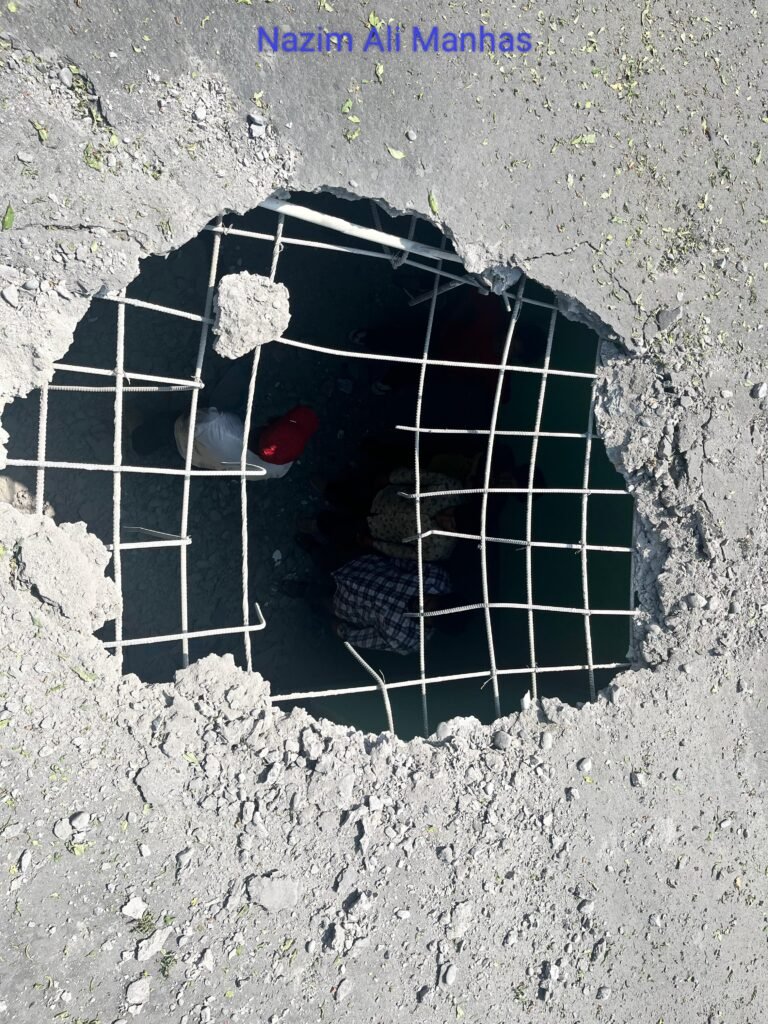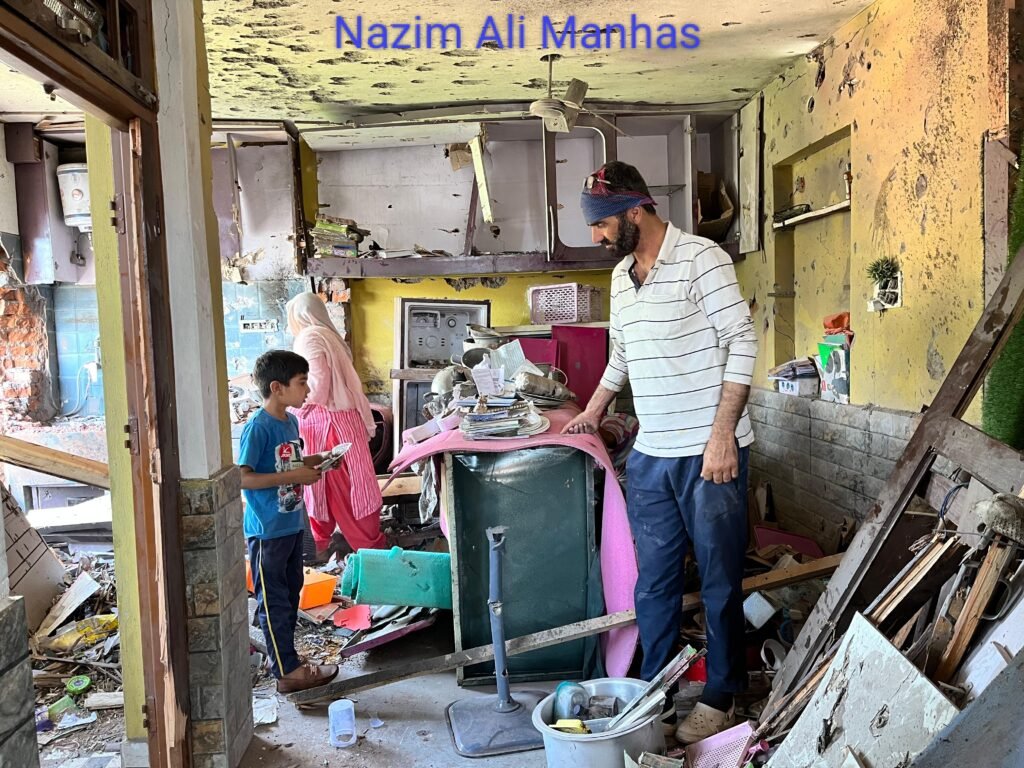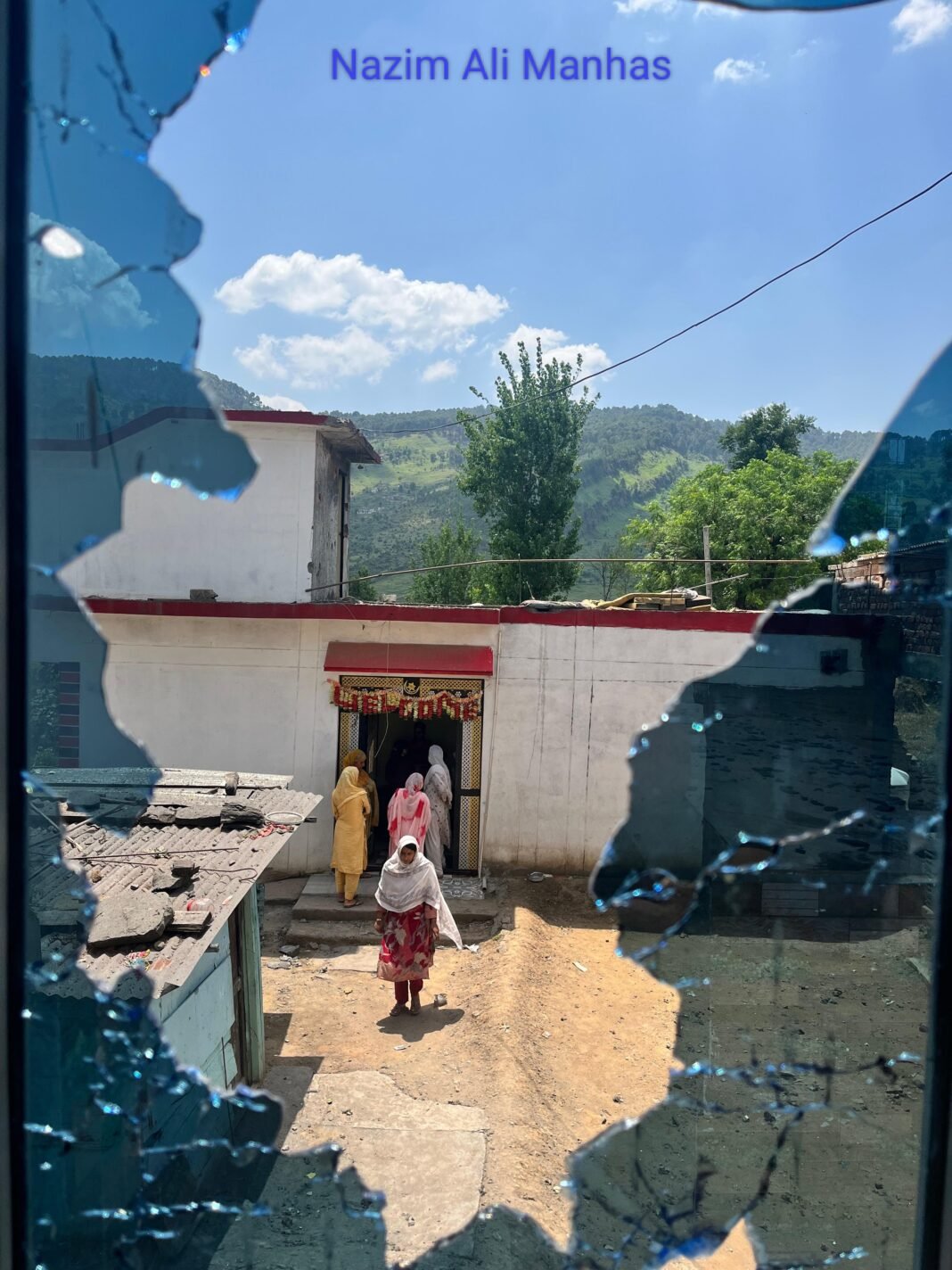Radheshwar Sharma, Law Student, Amity Law School, Mohali
Diplomat Correspondent


A ceasefire between India and Pakistan lit a fragile spark of hope across the troubled lands of Jammu and Kashmir (J&K). This truce, carefully woven with the support of the United States, arrived like a long-awaited monsoon after years of unrelenting storms. For the people of J&K—especially those in the rugged border districts of Rajouri and Poonch—it was more than just a halt to gunfire. It was a quiet moment of peace, a chance to imagine a life without fear.
Behind today’s peace lies a long and painful history—a story of people who never gave up, no matter how hard things got. The ceasefire came on the heels of a horrific event that shook the nation. On April 22, 2025, a terrorist attack in Pahalgam claimed 26 lives, mostly tourists who had come to bask in the valley’s beauty. The brutality of that day spurred India into launching Operation Sindoor, targeting terrorist hideouts across the border in Pakistan and Pakistan-occupied Jammu and Kashmir (PoJK). Pakistan’s retaliation was swift, turning Poonch into a battlefield once again.
While the operation was widely appreciated, the shelling claimed several innocent lives, including children whose laughter was silenced forever. But by May 12, 2025, the guns fell silent, and the ceasefire held—despite early tremors like drone attacks in Jammu. Now, with airports humming again and children trickling back to school, a cautious optimism is beginning to bloom amid the rubble.
Rajouri and Poonch have been at the heart of this conflict for decades, and their people have endured relentless violence. Rewind to January 1, 2023, in Dhangri village, Rajouri, where terrorists stormed homes, killing four and injuring six. The next day, an IED explosion took two more lives, including those of young children who deserved better. Fast forward to May 4, 2024, in Poonch, when militants ambushed an Indian Air Force convoy, killing one soldier and injuring four others. These are not isolated incidents—they are threads in a tragic tapestry that has defined life in these regions for years.
The human cost in these border areas remains alarmingly high. Many families have been forced to leave their homes and live in temporary camps, where life feels as unstable as the tents they inhabit. Young people—meant to carry hope for the future—have suffered the most. After the abrogation of Article 370 in 2019, a two-year internet blackout severed their ties to education and opportunity, leaving them adrift in a world that moved on without them. In Rajouri, children have learned to scan the skies not to count stars, but to watch for drones.
Operation Sindoor, though a necessary shield against terrorism, further uprooted lives, leaving parents wondering how to feed their children amid constant uncertainty. Then there are the refugees from PoJK—souls displaced for generations, their plight a quiet undercurrent in this saga. Like the locals of Rajouri and Poonch, they show a resilient spirit, holding on to hope even when everything around them is falling apart.
This is not a story that began with the Pahalgam attack or ended with the ceasefire. It is a story of strength—a narrative about people who have endured more than most can imagine. They are the unsung heroes of J&K, their resilience a luminous thread in a fabric torn by conflict.
Yet, in the midst of all the pain, a flicker of unity has emerged. India’s government and opposition,DD




